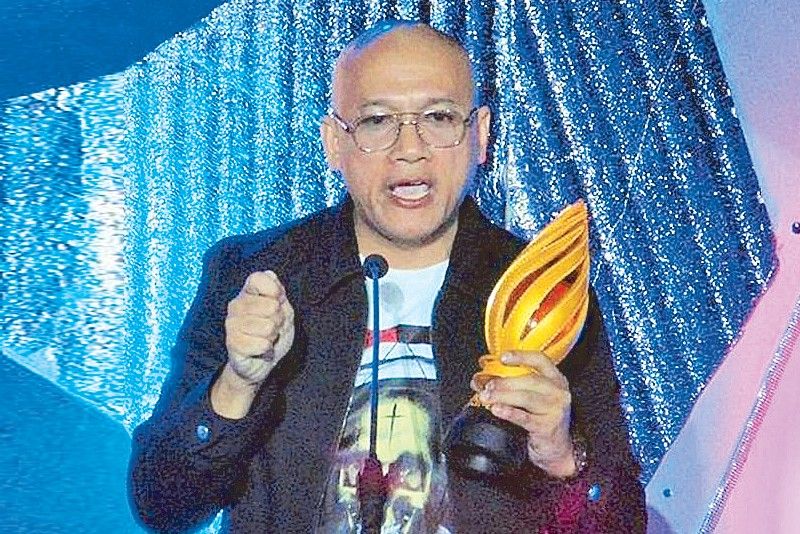Bipolar director triumphs over disorder

Director Joselito Altarejos conquers bipolarism with the Tale of the Lost Boys’ Best Film trophy
MANILA, Philippines — “I was in the middle of a mania while shooting the film. I’m bipolar,” triumphantly admits award-winning director Joselito Altarejos who opted to go public upon accepting his Best Film trophy for Tale of the Lost Boys at the fourth Sinag Maynila Film Festival in ceremonies held at Conrad Hotel recently.
His Asian return to LGBT films after focusing on the female domestic violence genre in Manila, Tale of the Lost Boys also won Best Screenplay for May delos Santos, Best Editing for Diego Marx Robles and the festival Box-Office award.
“I balance my disorder to stop it from shifting to depressive mood,” writes Altarejos before starting principal photography of the film co-produced with Taiwanese Jay Lin, and Oliver Aquino (who was a no-show during festival events due to the Bagani shoot) and Taiwanese Joé Chou Blaxk Chou as the male lead actors.

Colloquially called Joe Black, Taiwanese actor Joé Chou Blaxk Chou (right) poses with indie actor Raymond Rinoza at the awards night.
Afflicting creative types from John Lennon to Lady Gaga, Altarejos confesses privately to endure anywhere from suicidal tendency to loss of self-control when in the episode, “I used to battle extreme loneliness almost every day for a period of time.”
“Then I will wake up with the clouds lifted just like that when it passes. Okay siya creatively lalo na pag may supportive na circle (of close acquaintances),” he points the tremendous edge for entertainers.
Bipolar disorder, also known as manic depression, is a mental illness that brings severe high and low moods to the sufferer and changes in sleep, energy, thinking and behavior patterns.
People who have bipolar disorder can have periods in which they feel overly happy and energized alternating with other periods of feeling extreme sad, hopeless and sluggish. In between those periods, they usually feel normal.
Primary symptoms of the disorder are dramatic and unpredictable mood swings, it is thought to be the affliction of actors and other artists. But it is not. Even non-creative types can be distressed by the “dramatic” episode.
“You can think of the peaks and the valleys of bipolarism as two ‘poles’ of mood, which is why it’s called ‘bipolar’ disorder,” Altarejos explains.
“I have good ideas and (become) very creative when in manic stage,” he takes the disorder as both a curse and a blessing. “It is extremely hard to have it. Ang lungkot-lungkot ko ‘pag umatake. Before I consulted a new doctor, I had been crying.”
“I have new meds,” he reveals as prescribed by the doctor, giving him a sense of remarkable relief. “‘Yung meds ko (are) just to stabilize my moods.” Support of intimate relatives and friends helps navigate tremendously the transition.
- Latest
- Trending





























